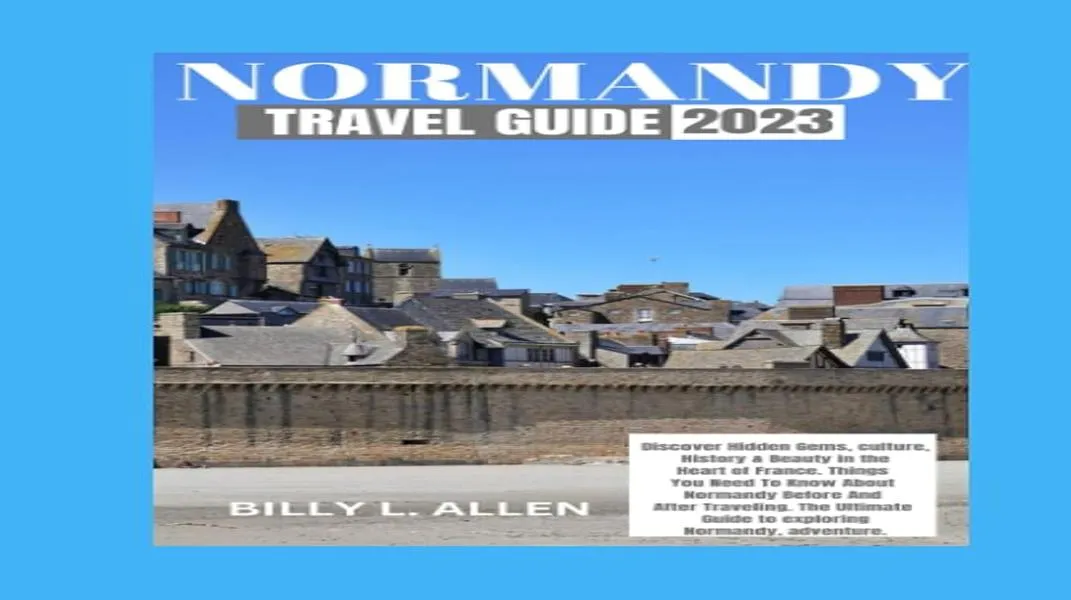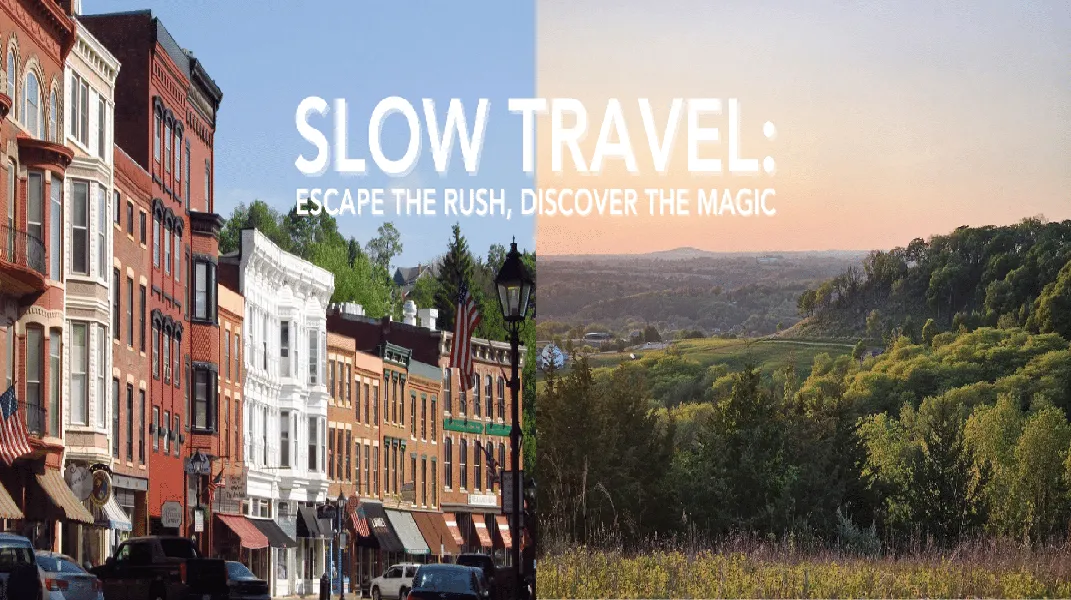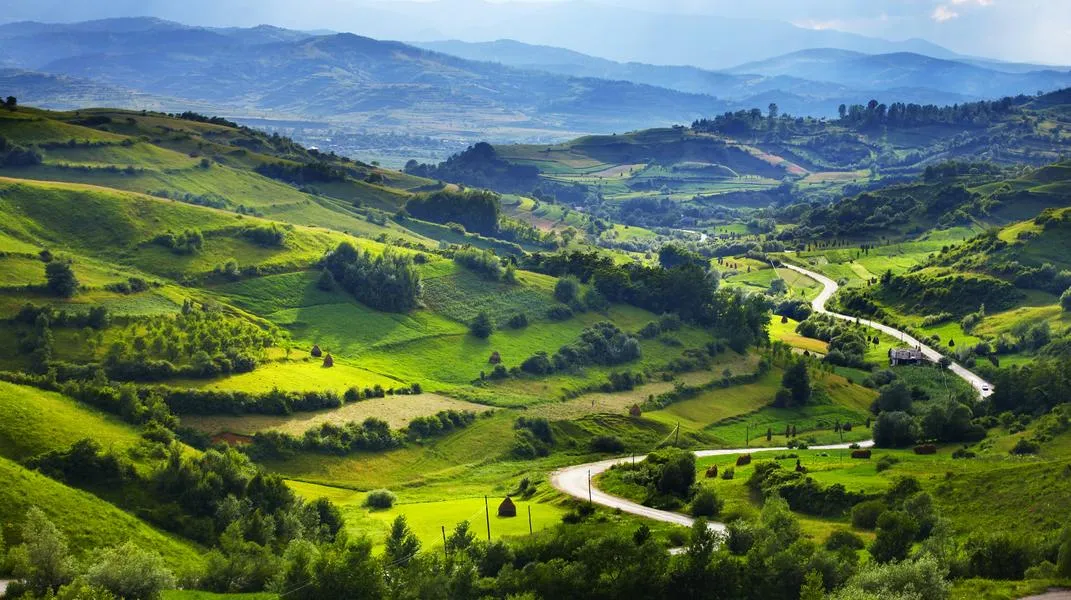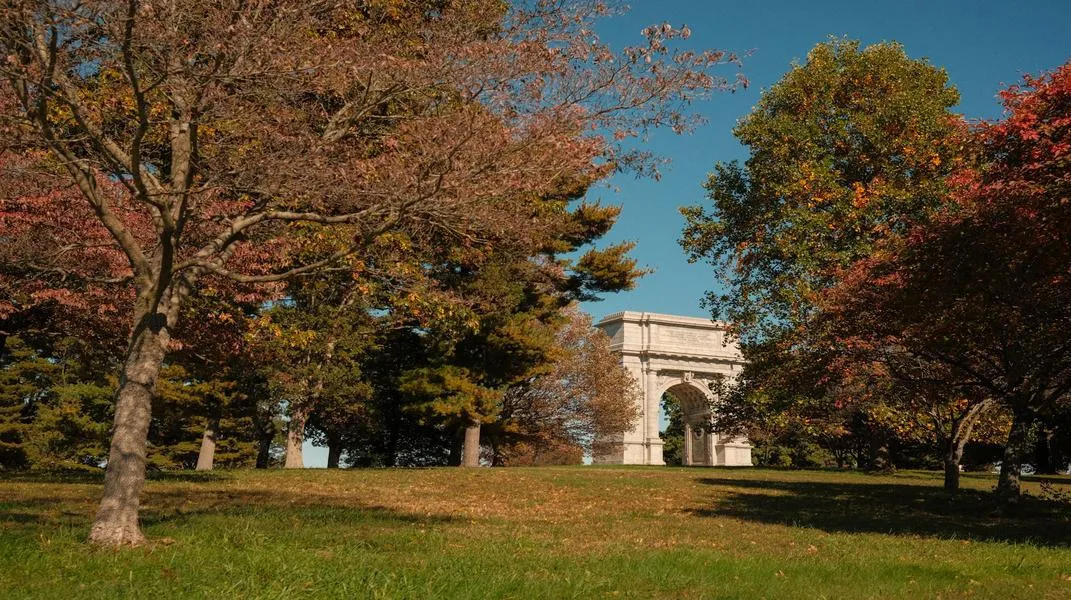Exploring Normandy: A Journey Through History and Natural Beauty
Nestled in the northwestern part of France, Normandy is a region rich in history, culture, and stunning landscapes. Known for its pivotal role in World War II, its picturesque coastal towns, and its culinary delights, Normandy attracts millions of tourists each year. This article serves as a comprehensive guide to the attractions, experiences, and preparations needed for an unforgettable visit to Normandy.

A Brief Overview of Normandy
Normandy is bordered by the English Channel to the north, and it is divided into two administrative regions: Normandy and Upper Normandy. The region's charm lies in its diverse offerings, including historic sites, beautiful countryside, rugged cliffs, and vibrant towns. From the iconic Mont-Saint-Michel to the serene beaches of Deauville, Normandy is a fusion of the past and present, making it a must-visit destination.
Historical Significance
D-Day Beaches
One of the most significant historical events associated with Normandy is the D-Day landings during World War II. On June 6, 1944, Allied forces landed on the beaches of Normandy in a massive operation to liberate Western Europe from Nazi occupation. The beaches—Utah, Omaha, Gold, Juno, and Sword—are now memorial sites, with museums and monuments commemorating the courage of those who fought.
Visitors can explore the American Cemetery at Omaha Beach, where over 9,000 soldiers are buried. The Normandy American Museum and the Utah Beach Museum provide in-depth insights into the planning and execution of the landings, showcasing artifacts, photographs, and personal stories of soldiers.
Bayeux Tapestry
An essential cultural artifact, the Bayeux Tapestry, is a stunning embroidery that depicts the events leading up to the Norman Conquest of England in 1066. This 70-meter-long tapestry can be viewed in the town of Bayeux, where visitors can appreciate the artistry and historical significance of this masterpiece, which is a UNESCO World Heritage site.
Rouen and its Gothic Architecture
Rouen, the capital of Normandy, is famous for its medieval architecture and rich history. The city's cathedral, Notre-Dame de Rouen, is a stunning example of Gothic architecture, and its façade has inspired artists like Claude Monet. Visitors can also explore the historic old town, including the Place du Vieux-Marché, where Joan of Arc was executed.
Natural Beauty
Mont-Saint-Michel
Rising dramatically from the sea, Mont-Saint-Michel is one of France’s most iconic sights. This island commune, crowned by a stunning abbey, is a UNESCO World Heritage site. During low tide, visitors can walk across the sands to reach it, while during high tide, the island appears to float on the water. The narrow streets are lined with shops, cafes, and historical buildings, making it a delightful place to explore.
The Normandy Coast
The Normandy coastline is dotted with charming towns and breathtaking cliffs. Étretat, known for its dramatic white chalk cliffs, offers stunning views and hiking opportunities. The picturesque village of Honfleur, with its colorful harbor and narrow streets, has inspired artists for centuries. Deauville and Trouville are famous for their beaches and vibrant atmosphere, perfect for a leisurely day by the sea.
The Seine Valley
The Seine Valley, with its lush landscapes and charming villages, is a haven for nature lovers. The region is perfect for hiking, cycling, and exploring the countryside. The village of Giverny, home to Claude Monet’s gardens, is a must-visit for art enthusiasts. The gardens, especially the water lily pond, reflect the beauty that inspired Monet’s masterpieces.
Culinary Delights
Normandy is renowned for its culinary offerings, including dairy products, seafood, and local specialties. The region is famous for its cheese, particularly Camembert, Livarot, and Pont-l'Évêque. Visitors can explore local markets and cheese farms to sample these delights.
Seafood lovers will enjoy fresh catches such as oysters, mussels, and scallops, particularly in coastal towns like Honfleur and Dieppe. Don’t miss out on tasting the region's cider and Calvados, a traditional apple brandy. Many establishments offer tasting tours, allowing visitors to experience the local flavors.
Preparing for Your Visit
To ensure a smooth and enjoyable trip to Normandy, careful preparation is essential. Here’s a detailed list of what you need to consider:
1. Travel Arrangements
- Getting There: Normandy is accessible by various means of transportation. If you’re flying, the nearest major airports are in Caen, Rouen, and Le Havre. Alternatively, you can take a train from Paris to Normandy, which is a convenient option for many tourists.
- Local Transportation: Renting a car is highly recommended for exploring the region at your own pace. Public transportation, such as trains and buses, is also available, but it may not reach all tourist destinations.
2. Accommodation
Normandy offers a variety of accommodation options, ranging from luxury hotels to charming bed-and-breakfasts. Consider staying in different towns to explore various attractions. Booking in advance is advisable, especially during peak tourist seasons (spring and summer).
3. Packing Essentials
- Clothing: The weather in Normandy can be unpredictable, so pack layers. Include a light rain jacket, comfortable walking shoes, and clothing suitable for both warm and cool weather.
- Travel Documents: Ensure that your passport is valid, and check if you need a visa to enter France. Keep photocopies of important documents in case of loss.
- Cash and Cards: While most places accept credit cards, it’s wise to carry some cash (Euros) for small purchases or markets.
4. Itinerary Planning
- Must-See Attractions: Prioritize the sites you want to visit, such as Mont-Saint-Michel, the D-Day beaches, and the Bayeux Tapestry. Allocate enough time to explore each location fully.
- Guided Tours: Consider joining guided tours for a deeper understanding of historical sites. Many local companies offer tours that include transportation and expert guides.
5. Language Considerations
While many people in Normandy speak English, learning some basic French phrases can enhance your experience and interactions with locals. Simple greetings and polite expressions go a long way.
Embracing the Culture
When visiting Normandy, immerse yourself in the local culture. Attend festivals, visit local markets, and enjoy the regional cuisine. Normans take pride in their history and traditions, and engaging with locals can provide valuable insights into the region's heritage.
Conclusion
Normandy is a captivating blend of history, culture, and natural beauty. From the poignant D-Day beaches to the enchanting streets of Honfleur and the breathtaking views from Mont-Saint-Michel, the region offers a myriad of experiences for every traveler. By preparing adequately and embracing the local culture, your visit to Normandy will be a journey filled with unforgettable memories and discoveries. Whether you're a history buff, nature enthusiast, or food lover, Normandy has something to offer everyone—making it a destination worth exploring.




